From Celle we continued south-east towards Dresden, a cultural mecca which had for 45 Cold-War years been under the yolk of Soviet directed communism. One is reminded of that terrible era when driving to Dresden as you pass through the town of Marienborn, one of the places that was right on the former East/West frontier. The name definitely rang a bell and I remembered why shortly after we pulled up at the monument to that era. It was through this very place that we passed, back in 1985, when we drove our old Volkswagen Kombi across the former East Germany and into West Berlin. Many of the search light towers and military control buildings are still visible, but now all enclosed in a type of outdoor museum to an era that once was. Fascinating, as a student of history, to walk around it and think that we lived through it all. At the same time, hard to believe today, looking back 35 years, that there ever was once two Germany’s.
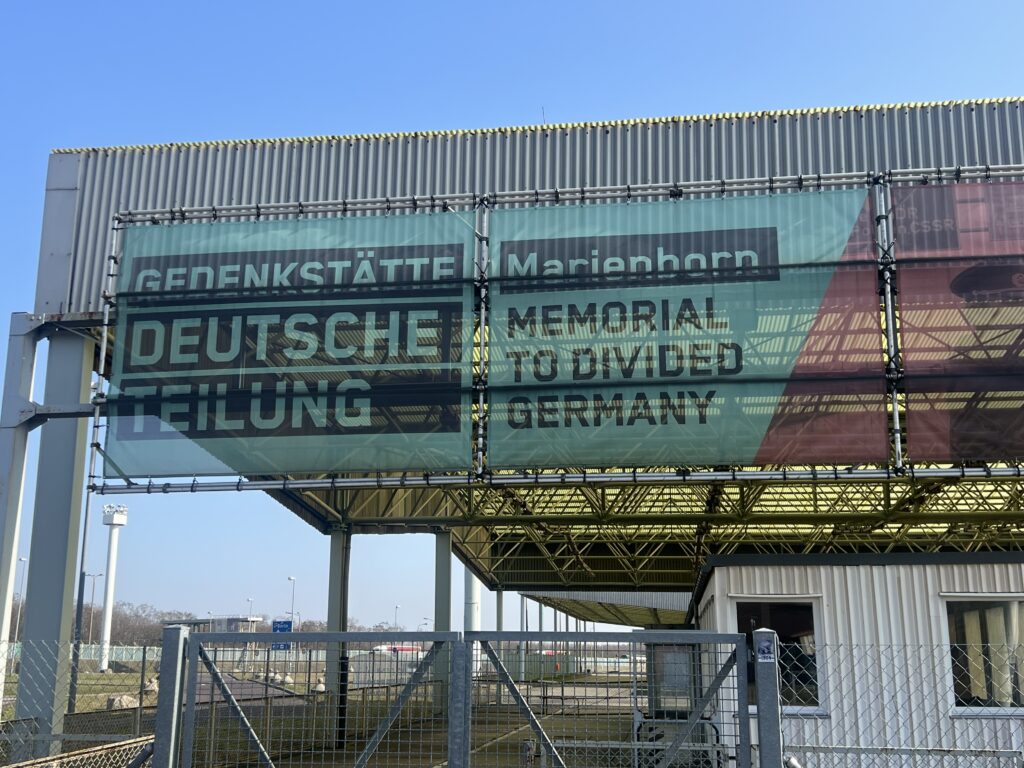
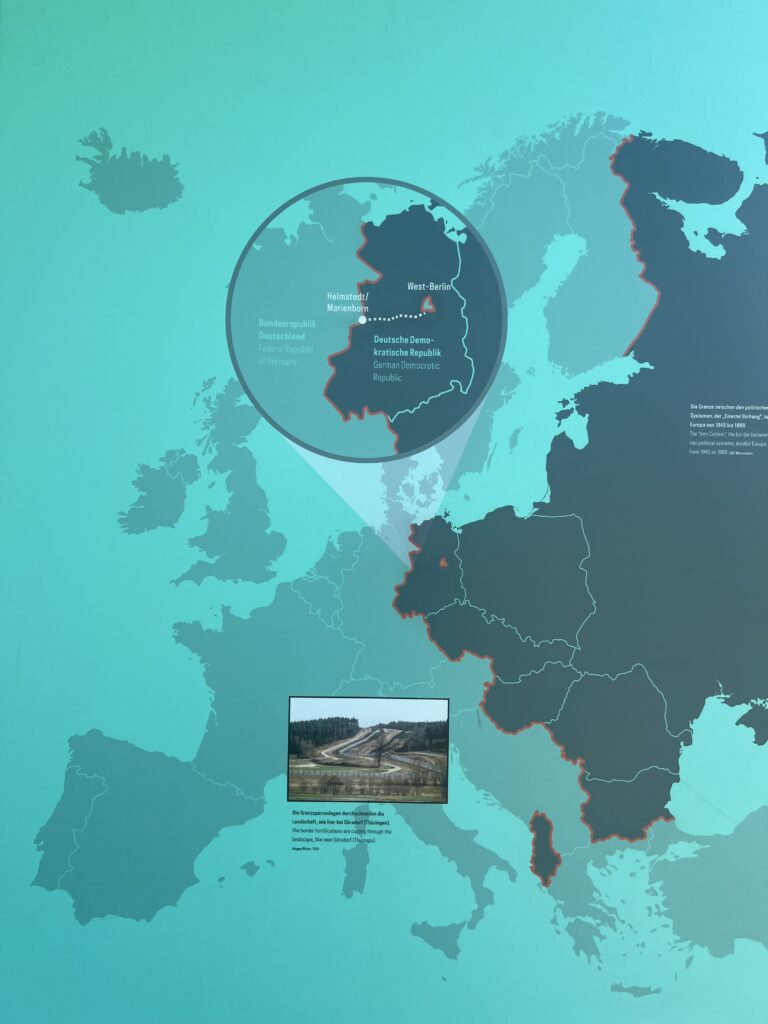
We had some concerns coming to Europe that getting good overnight parking near the big cities might be a challenge but Hildesheim and Celle proved that fear to be unfounded. Dresden, much larger, might be tougher. Not at all, as it turned out, the city provided a huge parking area for campers right by the Elbe River (within minutes of the old city) that was very popular. Probably tough to get a spot here in the middle of summer, but right now, in March, there was plenty of space. An easy walk along the Elbe got us right into the middle of a busy Saturday afternoon in the old city and it was wonderful to walk the streets and admire the baroque architecture for which the city is justifiably famous. Especially so when one realizes that Dresden was practically obliterated during the final days of WW2, so much of what can be seen has actually been substantially rebuilt. Prior to the war it was called the “Florence of the Elbe” and considered one of the world’s most beautiful cities due to its architecture and art treasures.
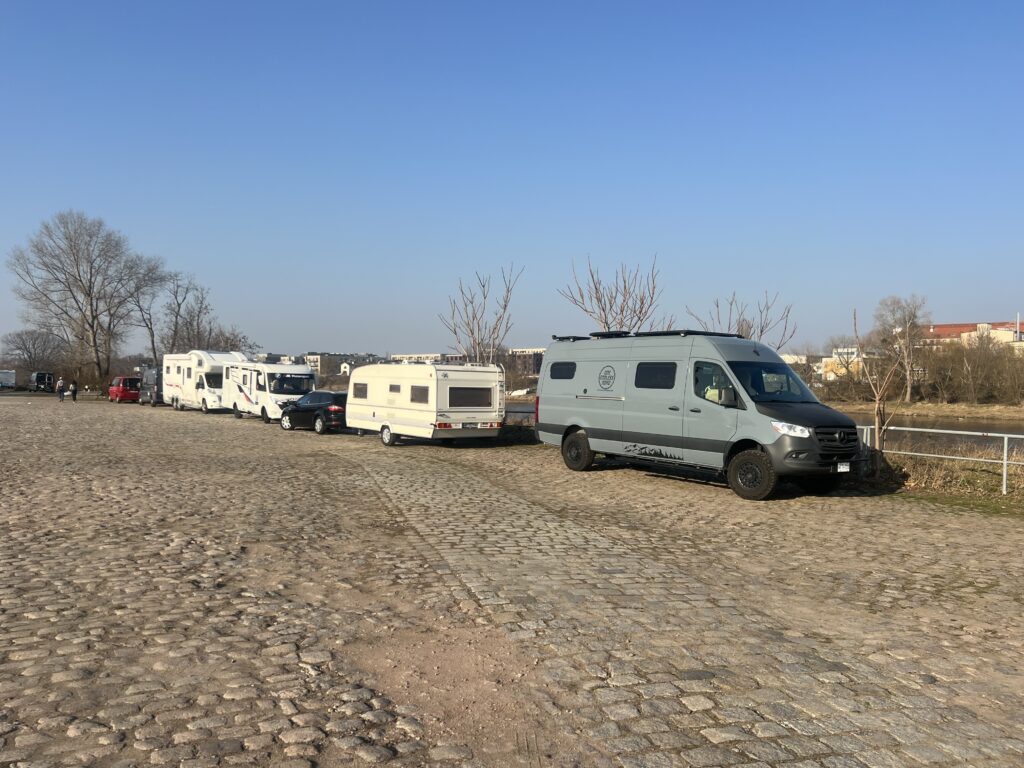
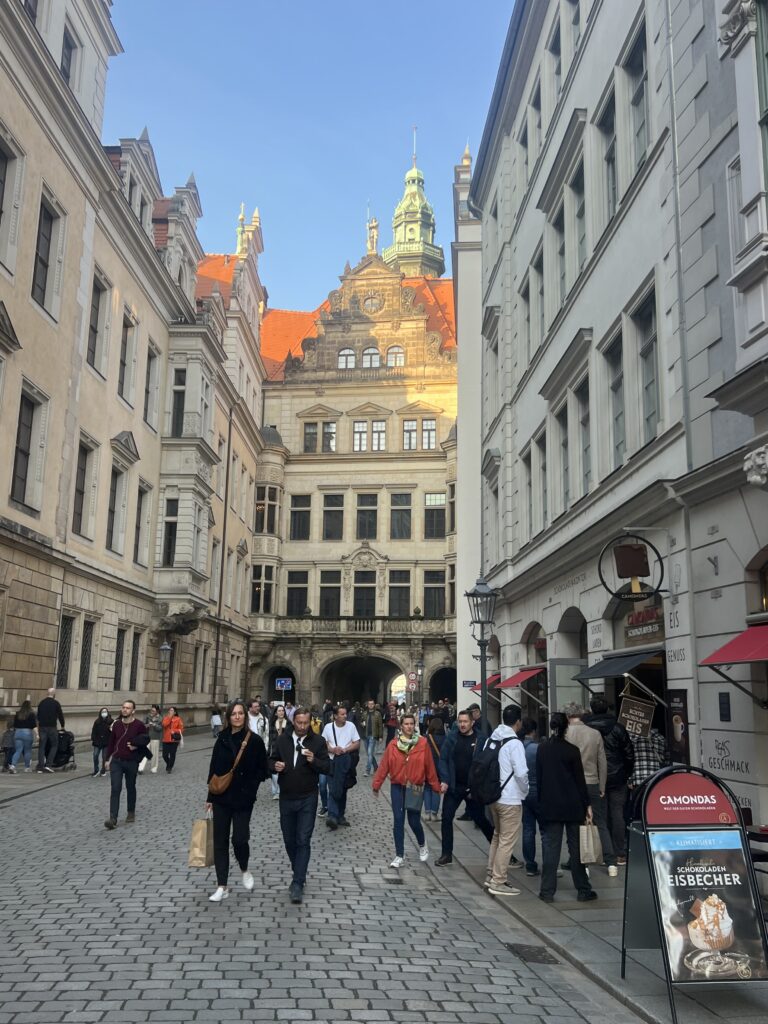
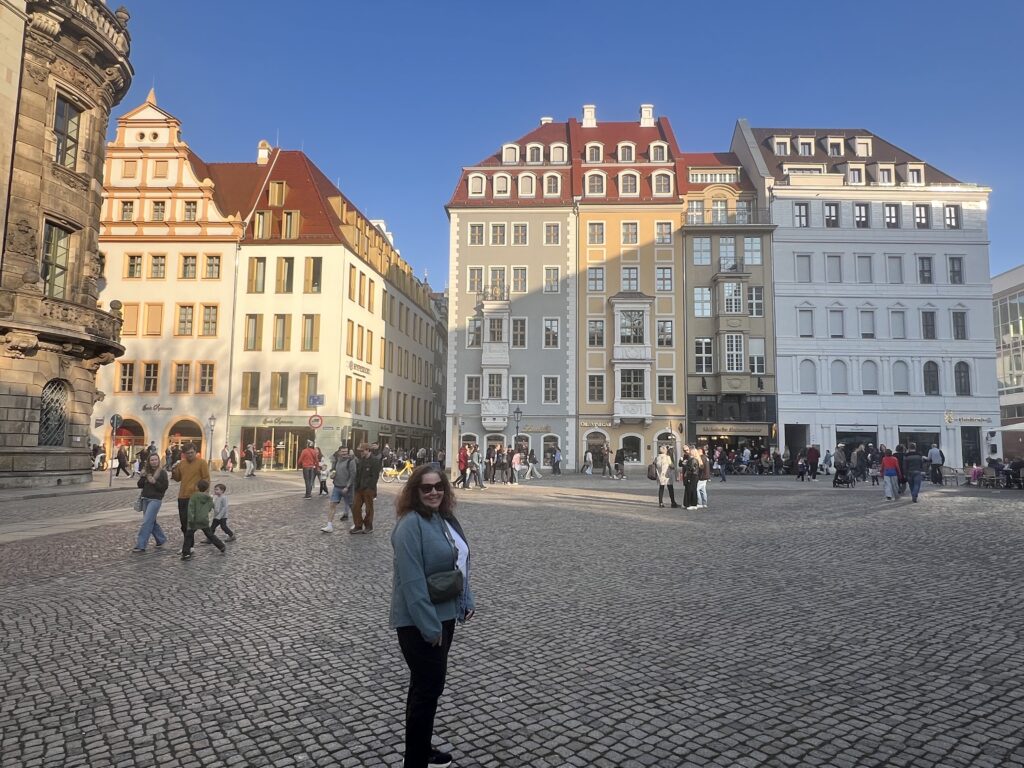
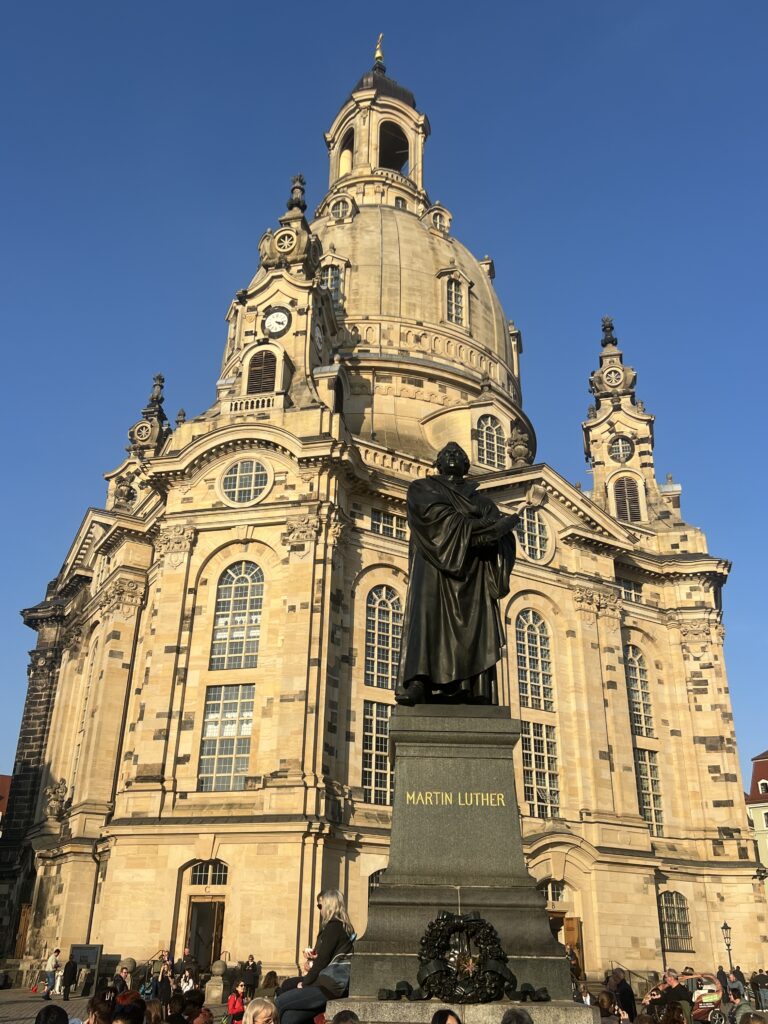
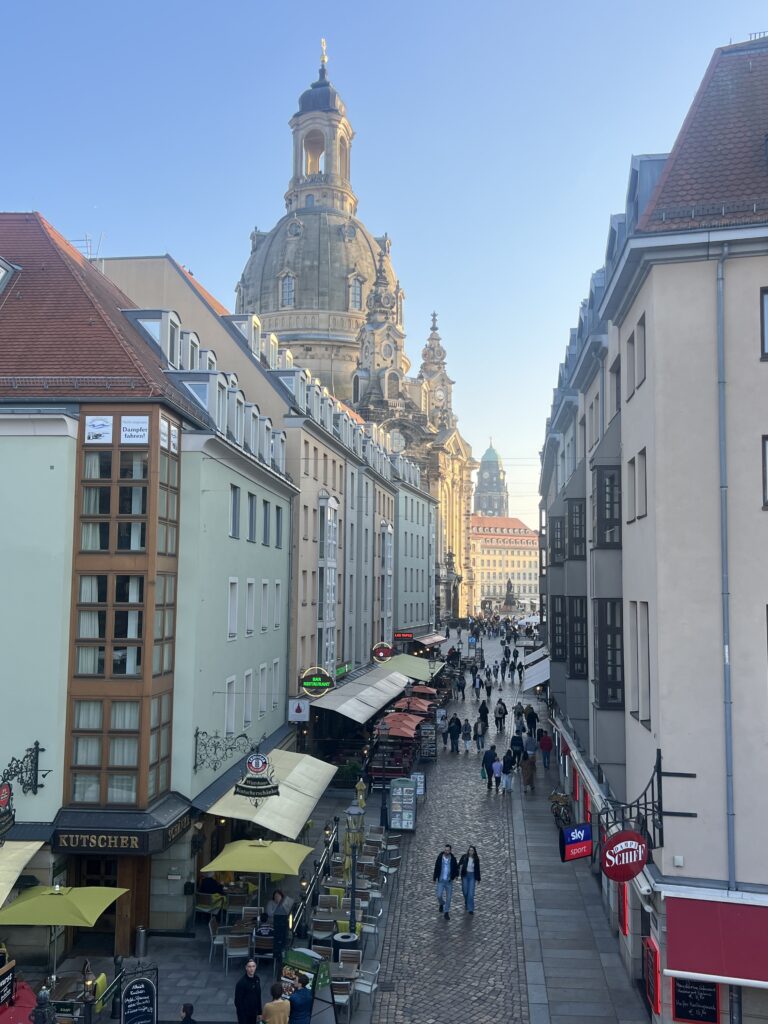
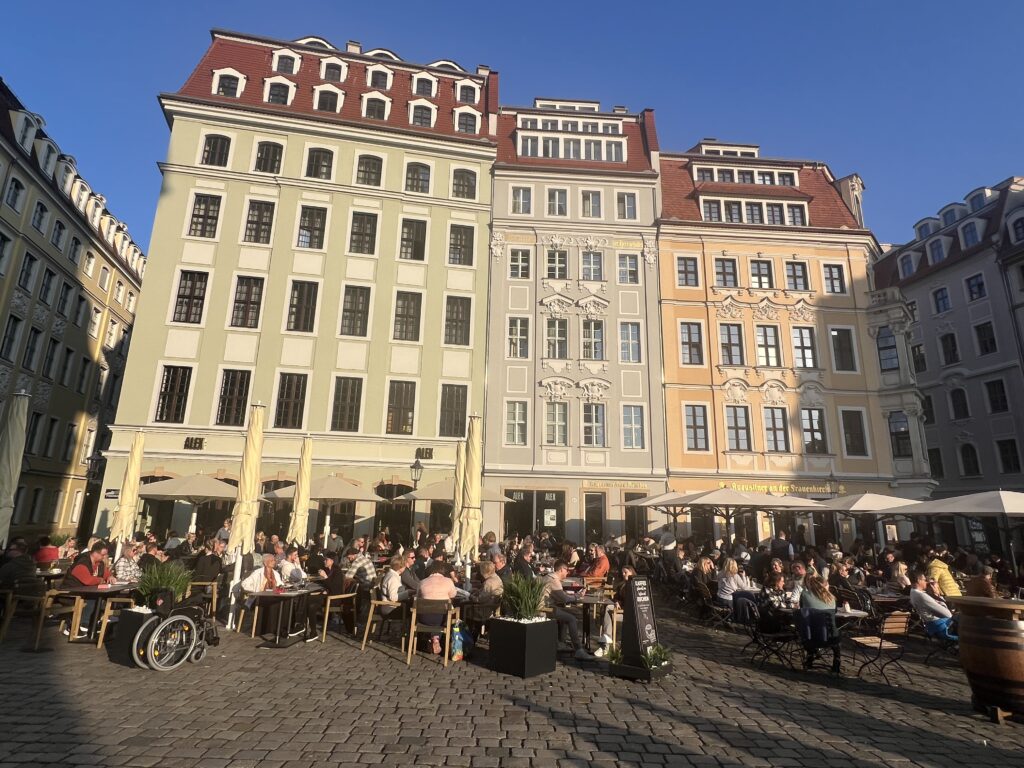
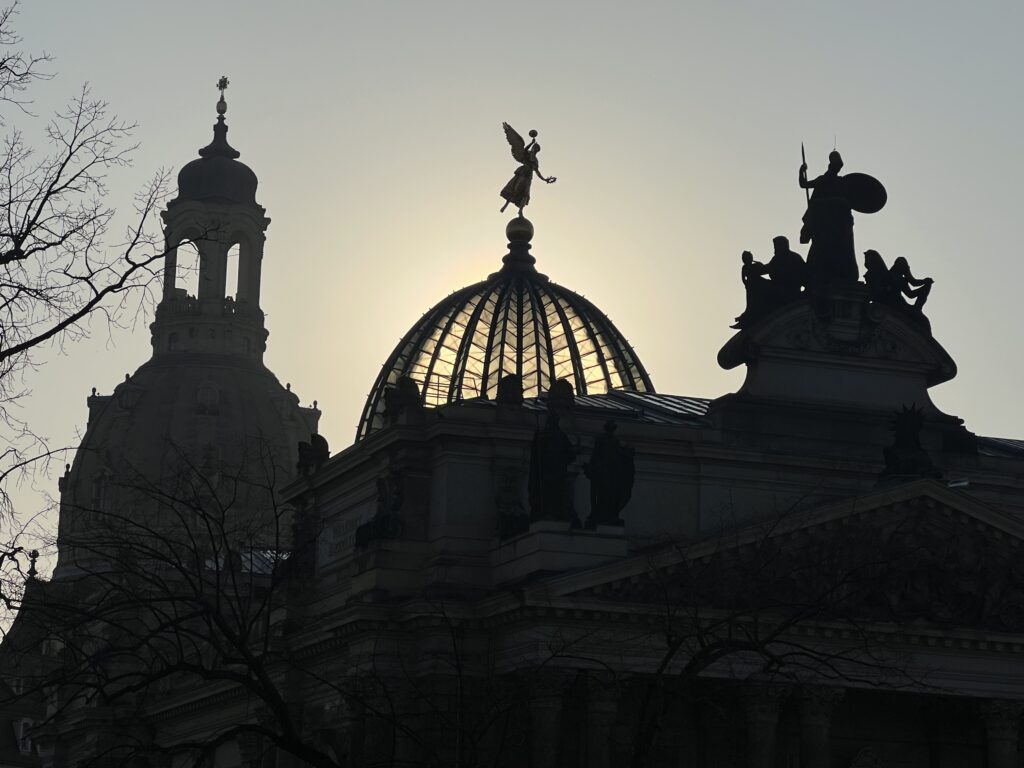
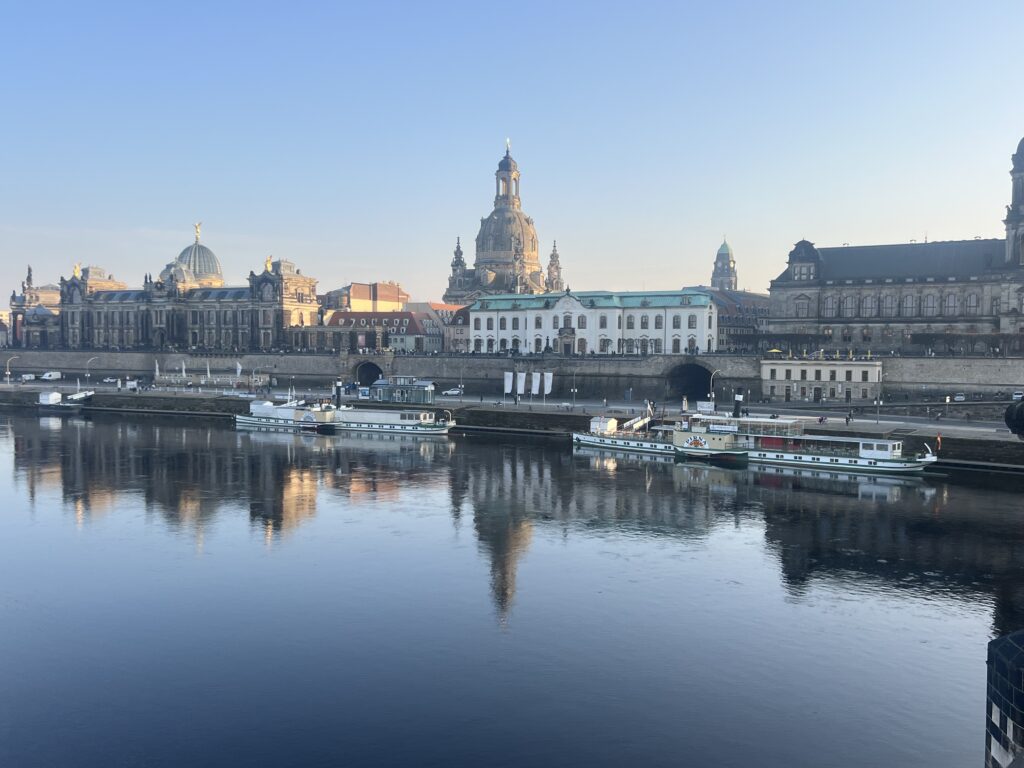
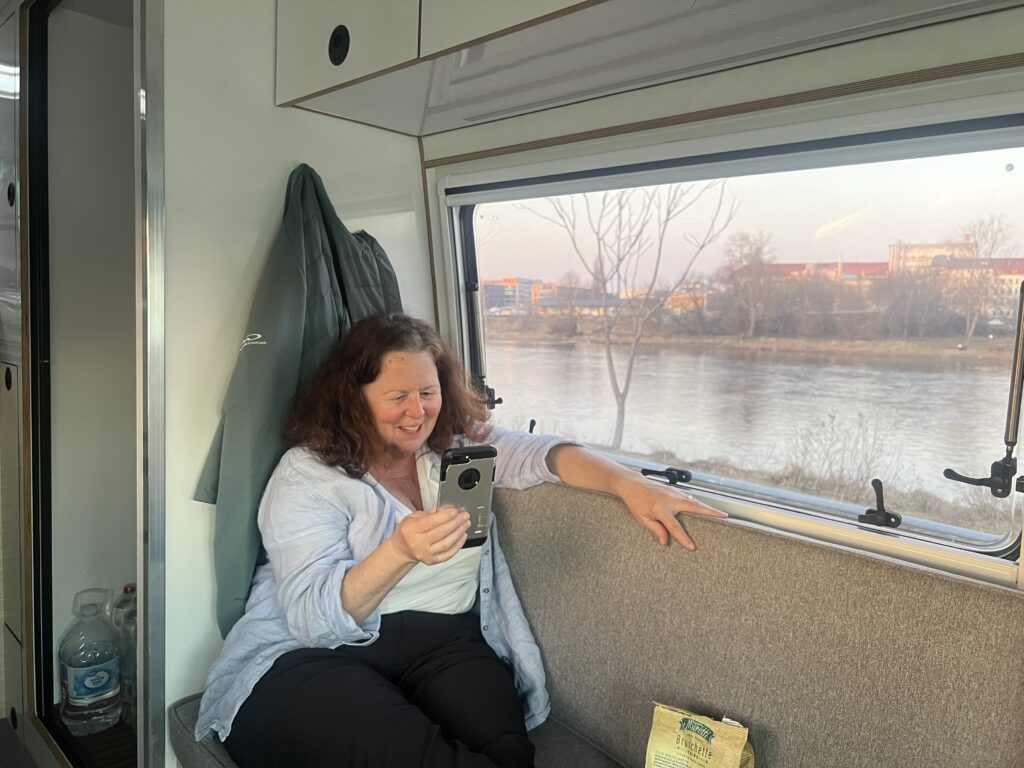
As wonderful as Dresden was, our next destination was one we had anxiously anticipated visiting for many years – Prague. While Dresden was a little bonus of sorts ( we did not initially plan on stopping there ), Prague was always high on our European agenda. Of all the cities we’d previously not seen in Europe, it was one we were really looking forward to.. Don’t know how many times we had heard from others ( who’d been ) just how beautiful it was, and it did not disappoint. An absolutely perfect couple of sunny days showed the city in all its historic glory and it was, unlike the other cities we’ve been to so far, absolutely jam-packed with tourists. Not so many that you couldn’t enjoy it, but certainly enough that it made you wonder what it must be like here in the middle of the summer high season. Taking in all the sights, using its Metro, sampling its famous beers, its unique ice-cream filled pastries, as well as simply soaking in the atmosphere occupied all our time there. It’s fairly compact so an easy city to walk – our high Prague expectations were definitely met !
.
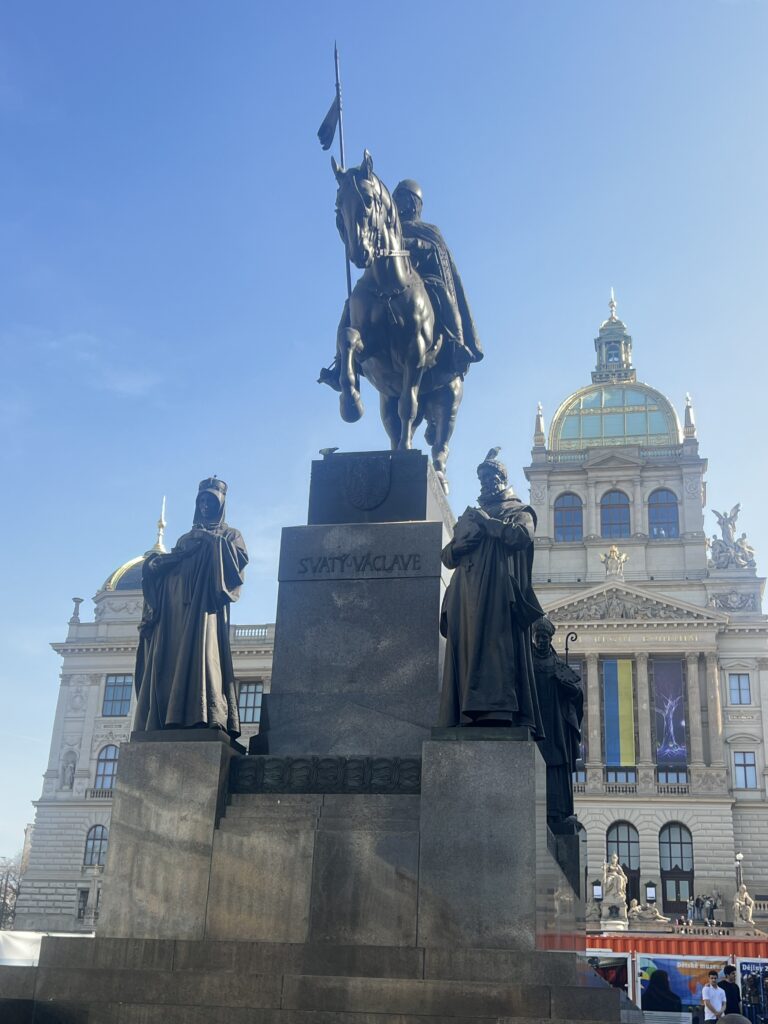
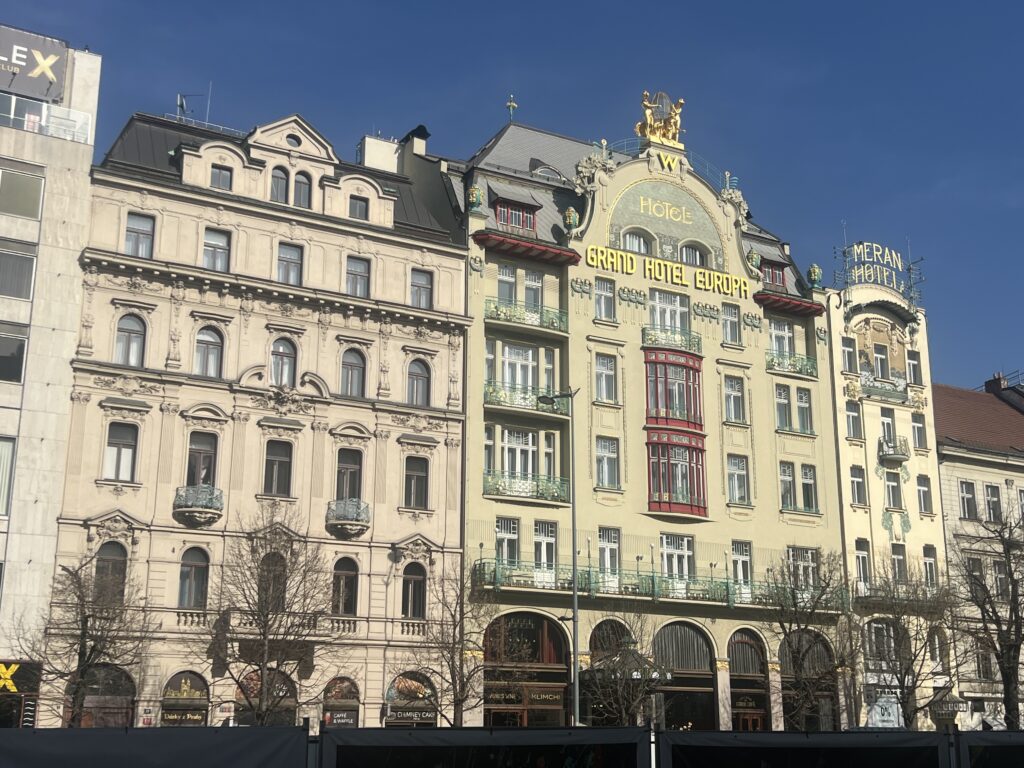
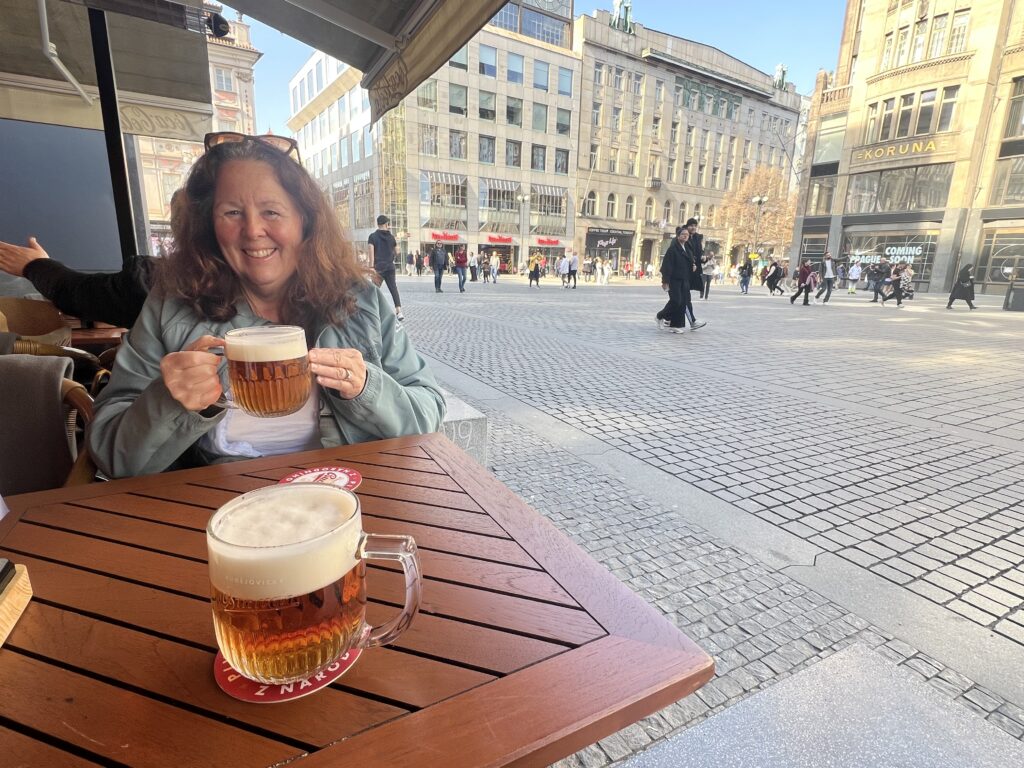

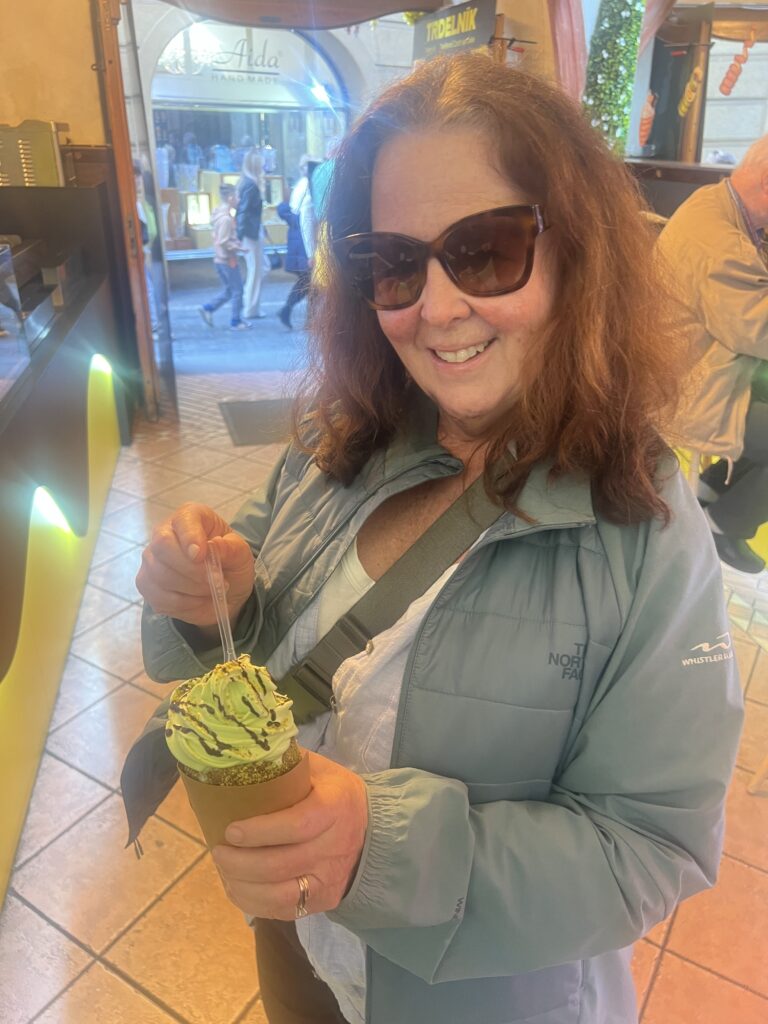
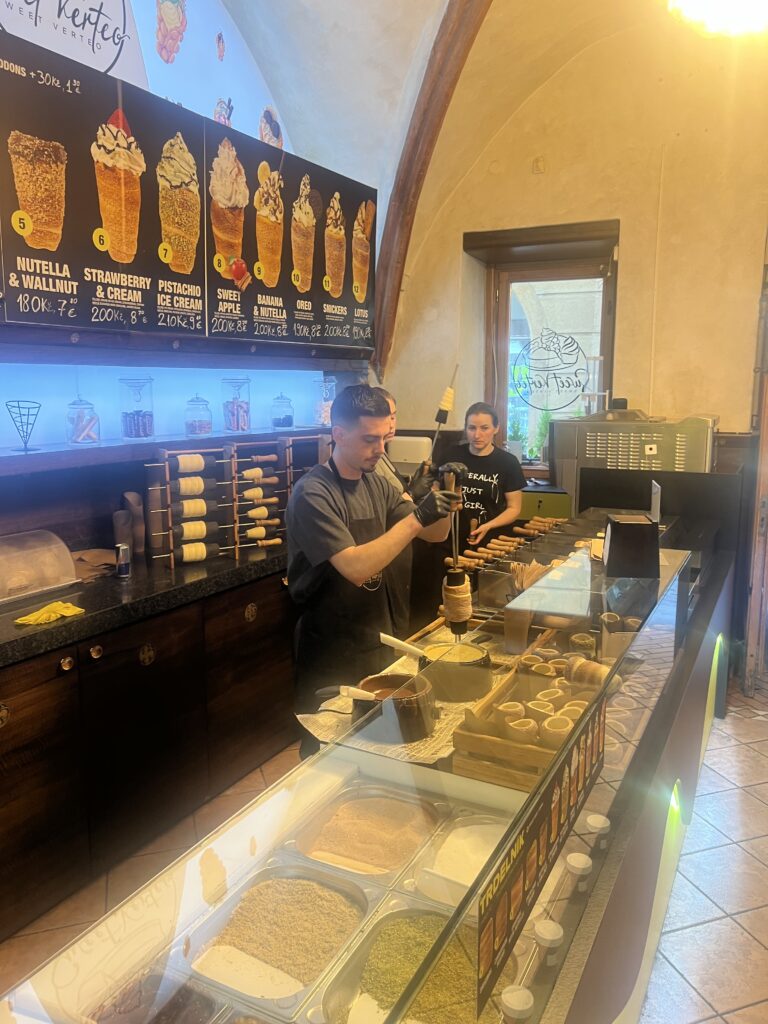
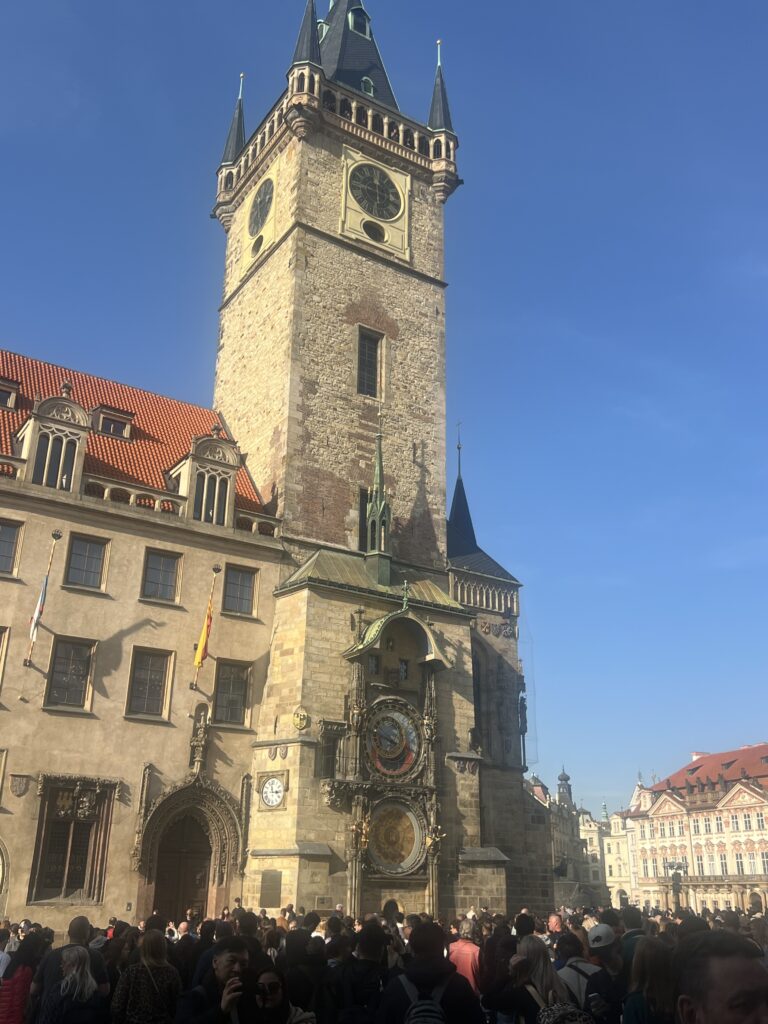
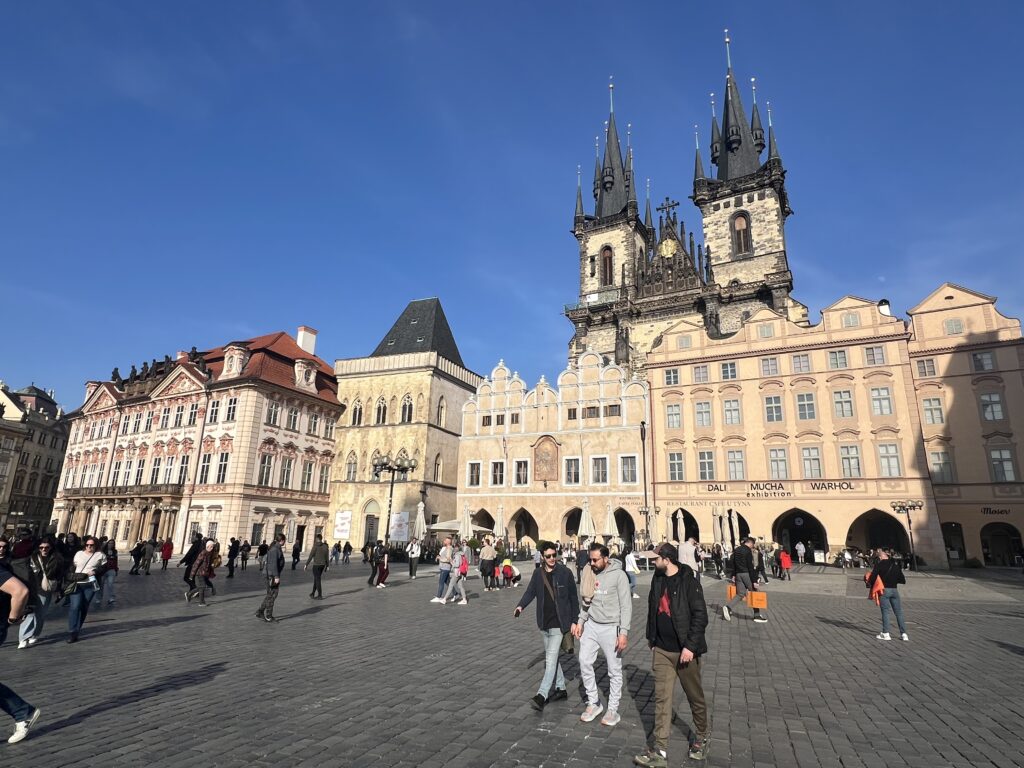
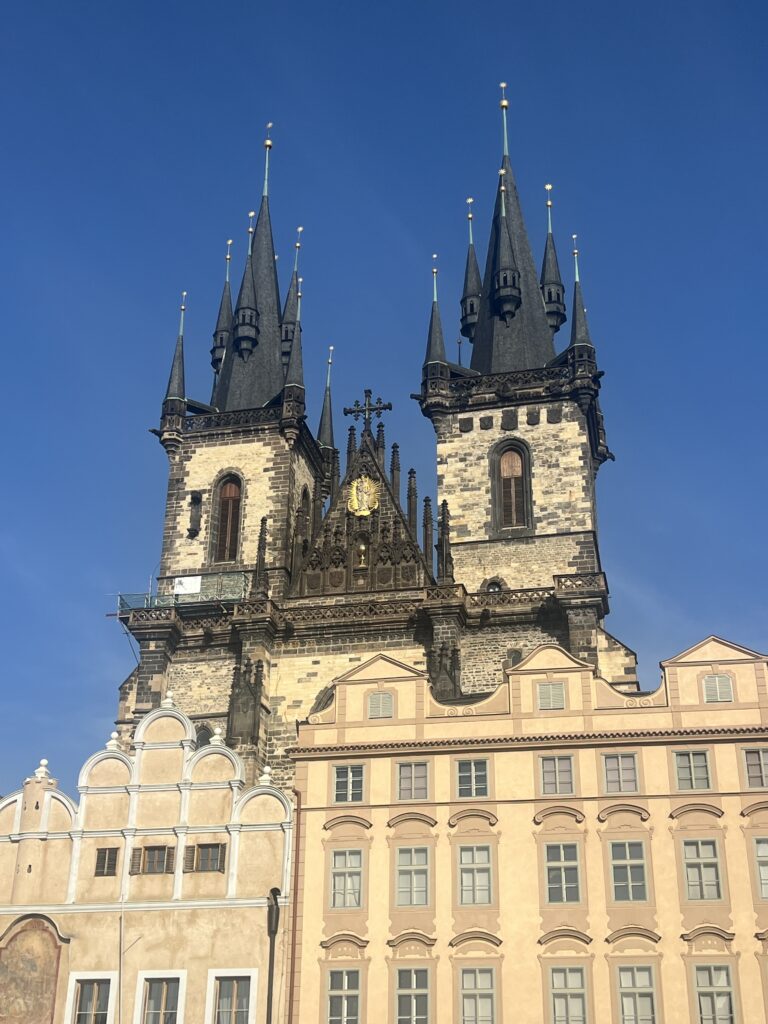
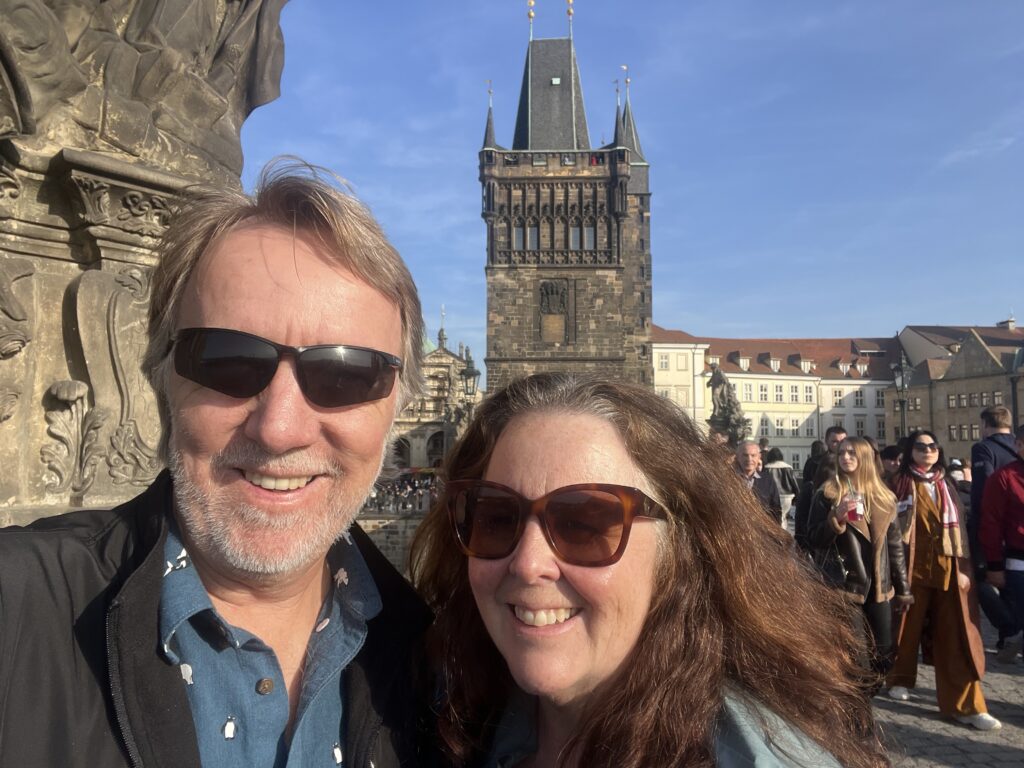
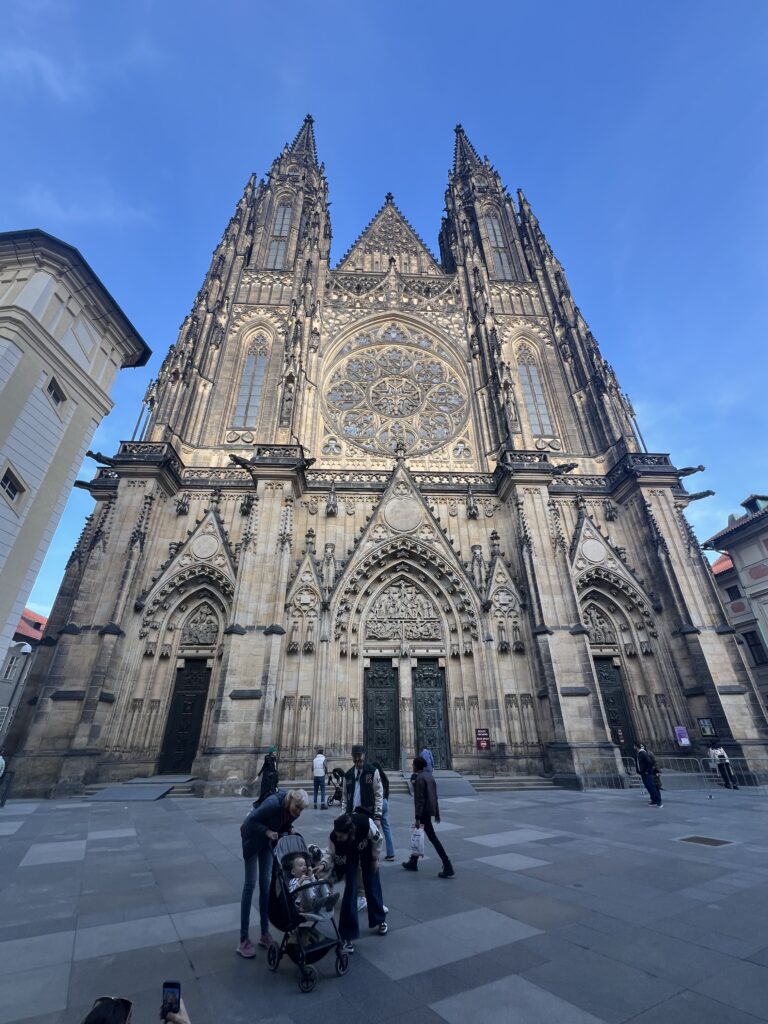
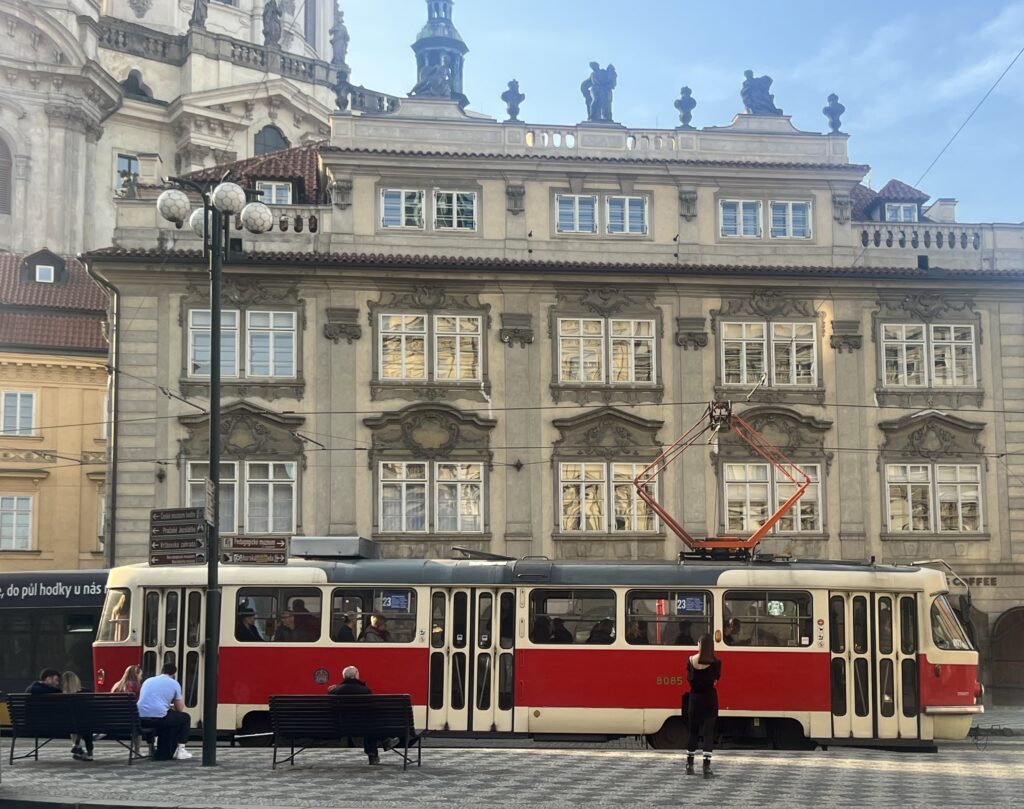
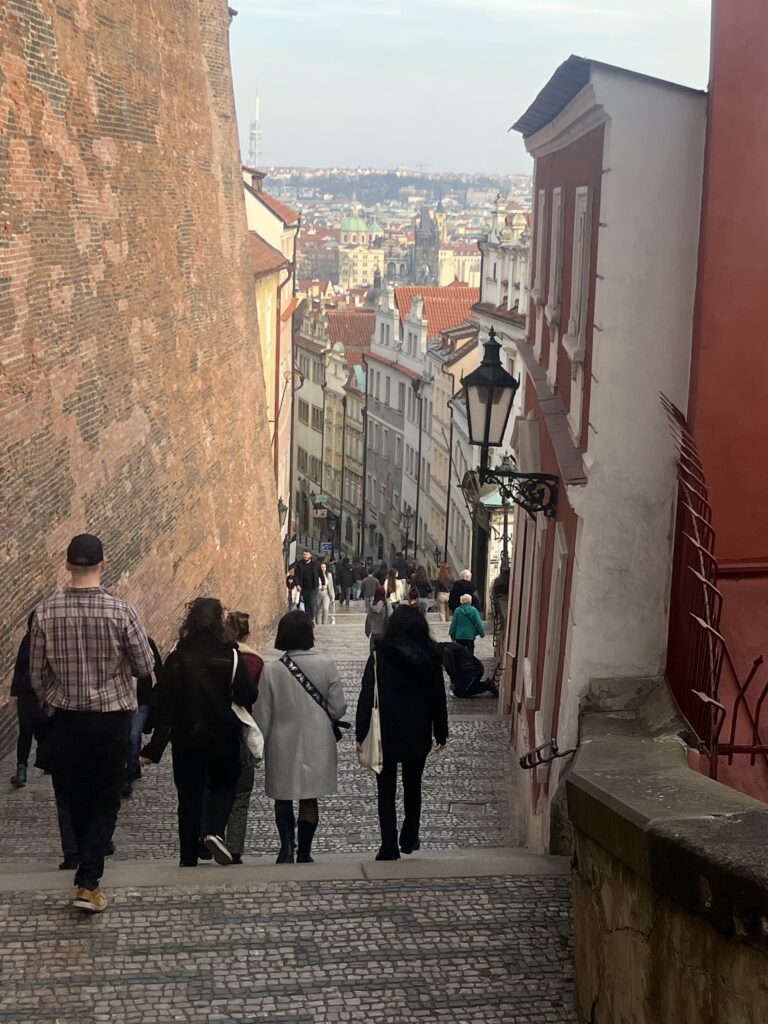
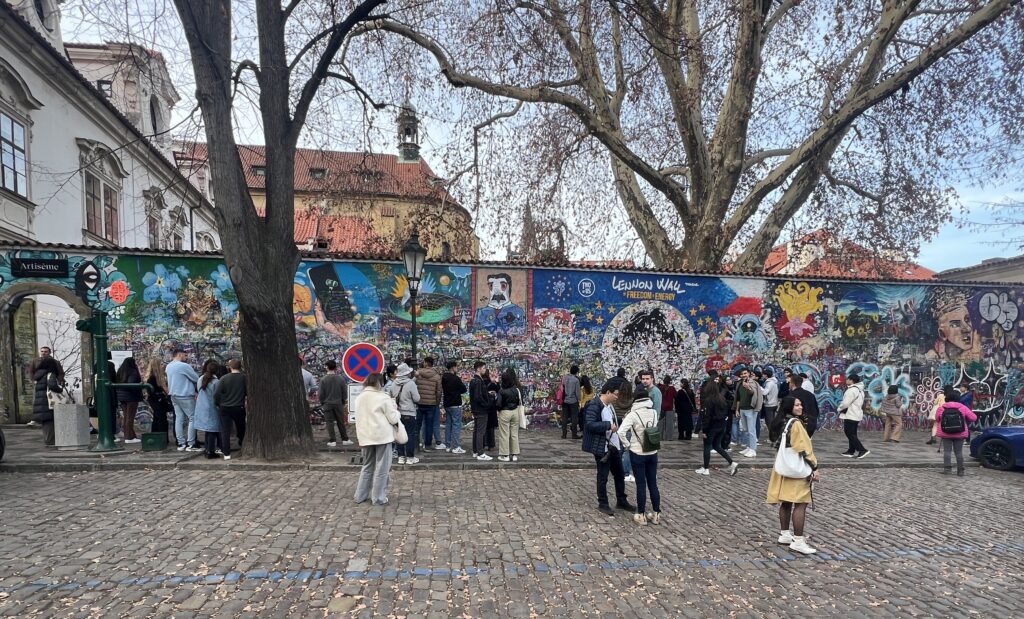
Prague was quite an assault on the senses- almost overwhelming in its attractions. We were not sure what could top it but a day later we would visit Cesky Krumlov – the second most visited place in Czechia, and it certainly gave Prague a run for its money.
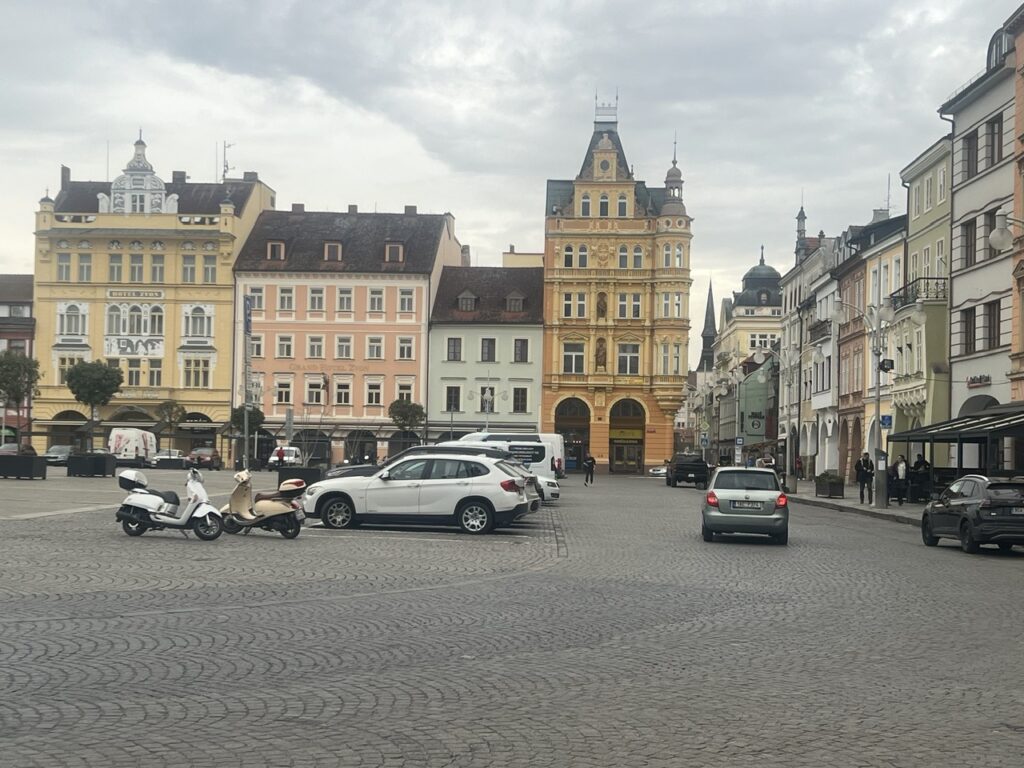
While Prague had all the offerings of a large, historic European capital city, Cesky Krumlov was the very definition of that small, traditional European town/village, with a castle, big protective wall, classic bridges, spires and delightful cobblestone streets and the most stunning traditional Bohemian architecture. The kind of place you could wander for hours just finding interesting side streets and boutique shops and stores. Unlike Prague we managed to avoid the worst of the crowds here which only added to its appeal. Easy to see why this place is so popular.

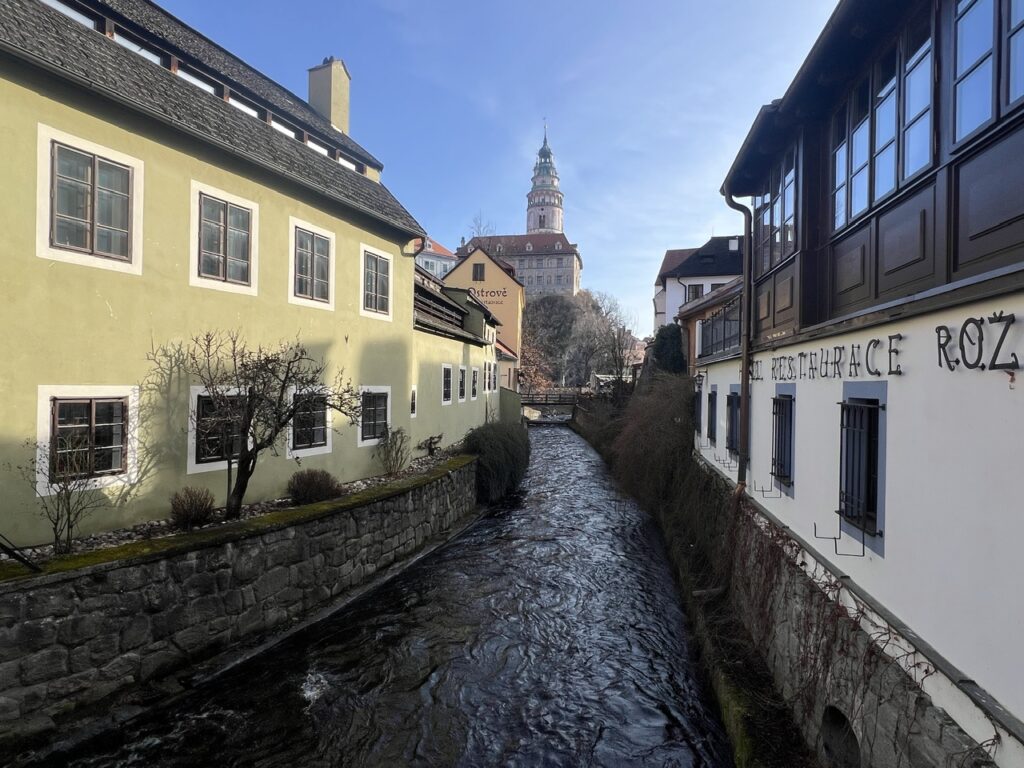
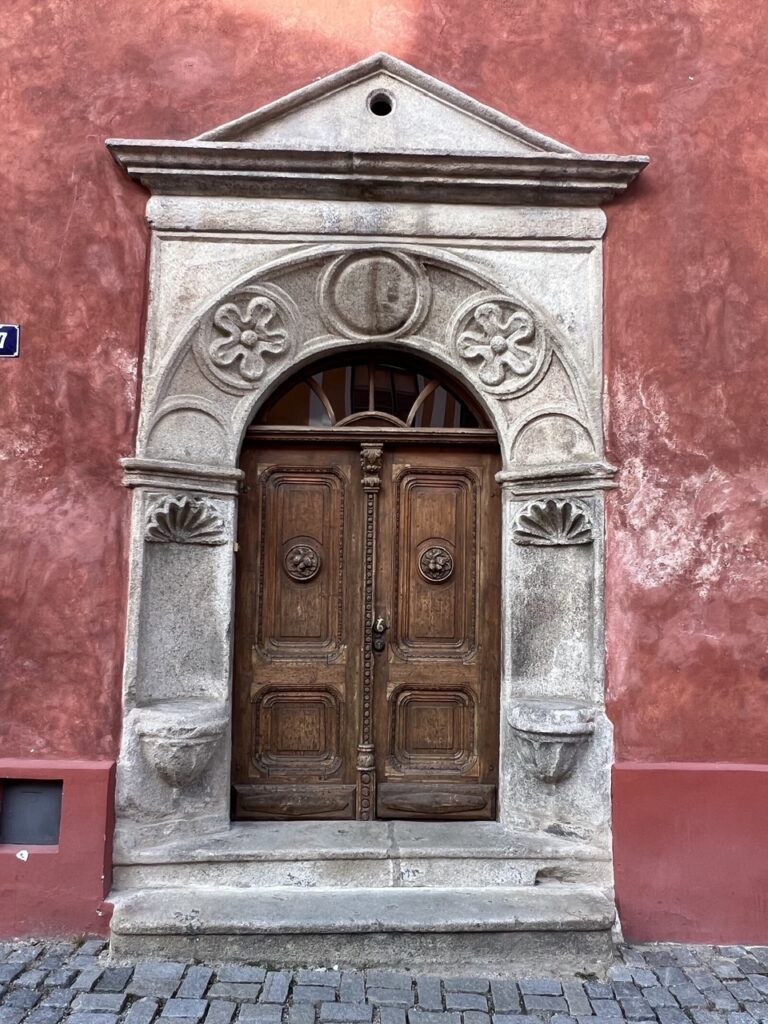

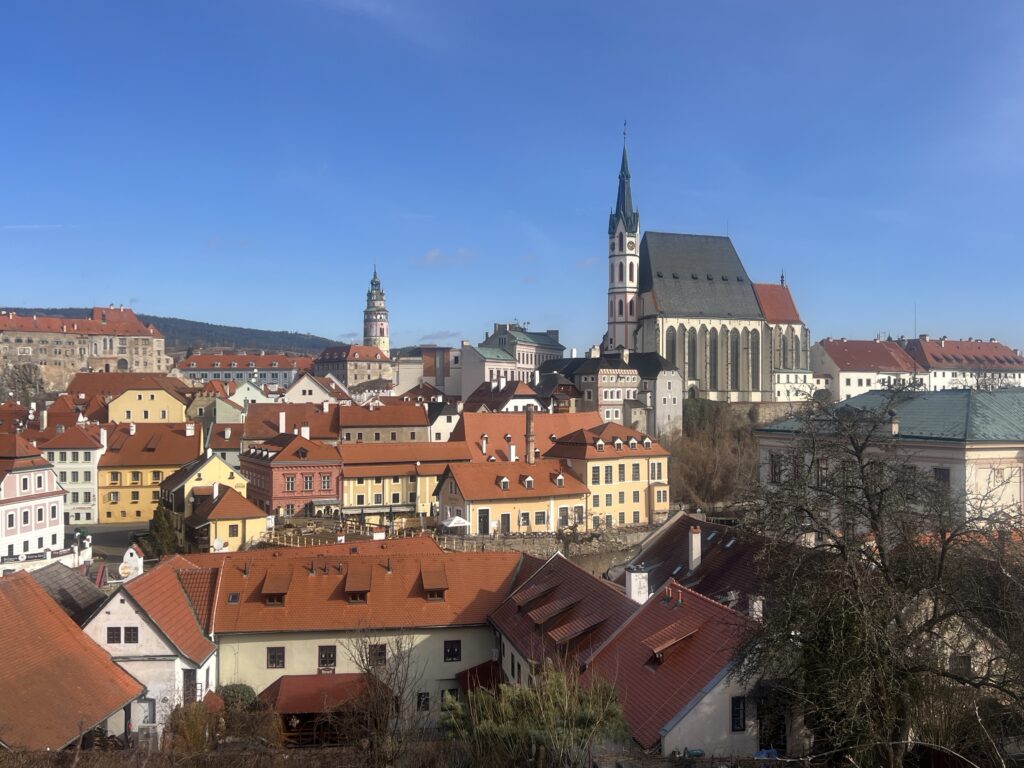
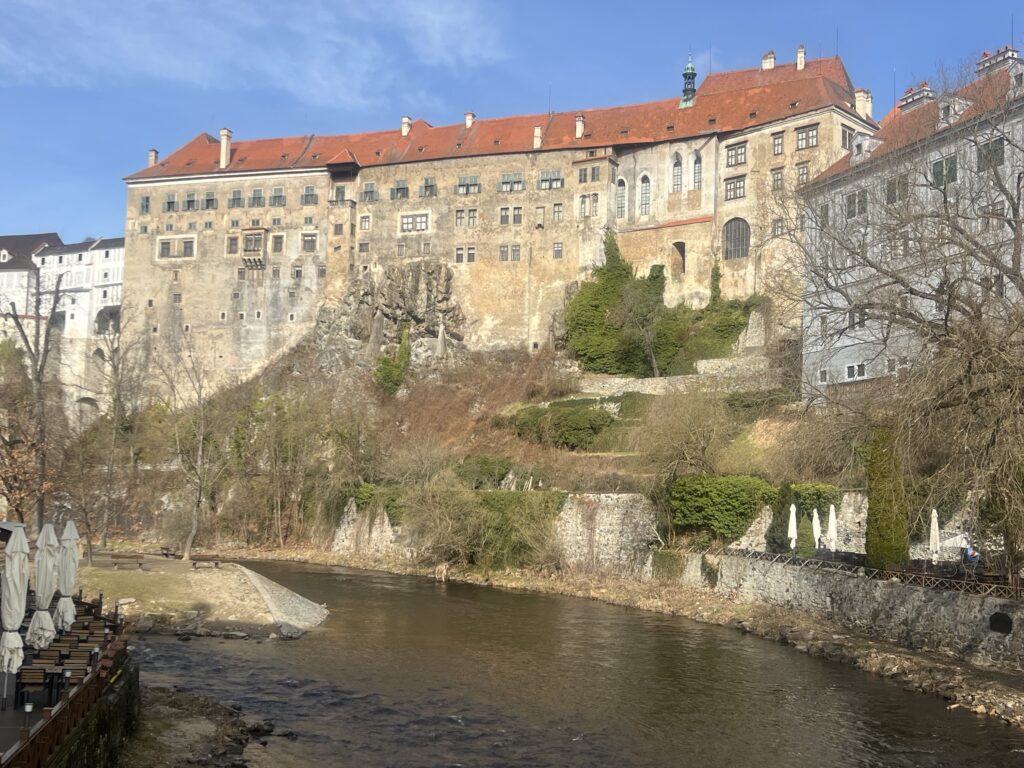

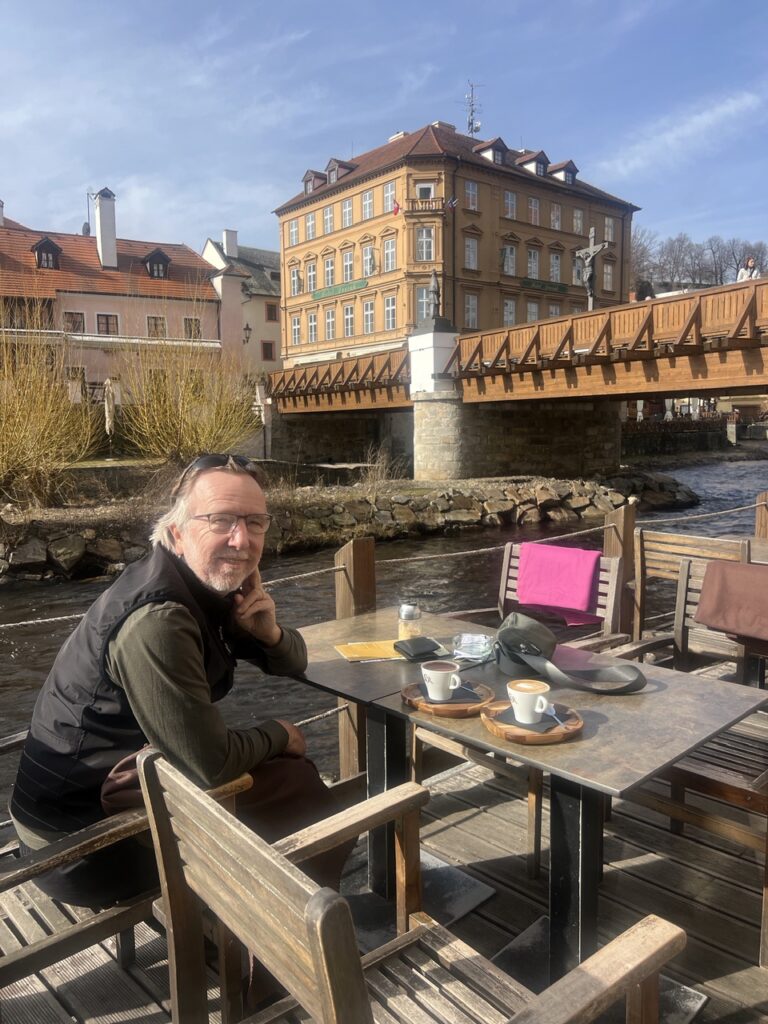
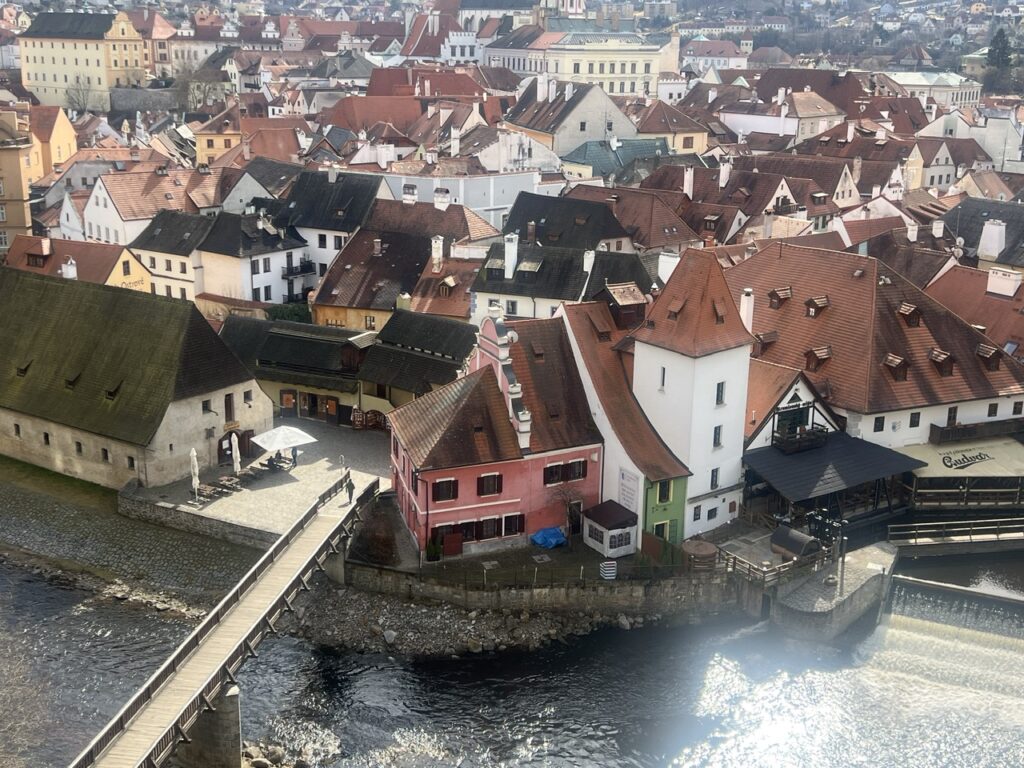
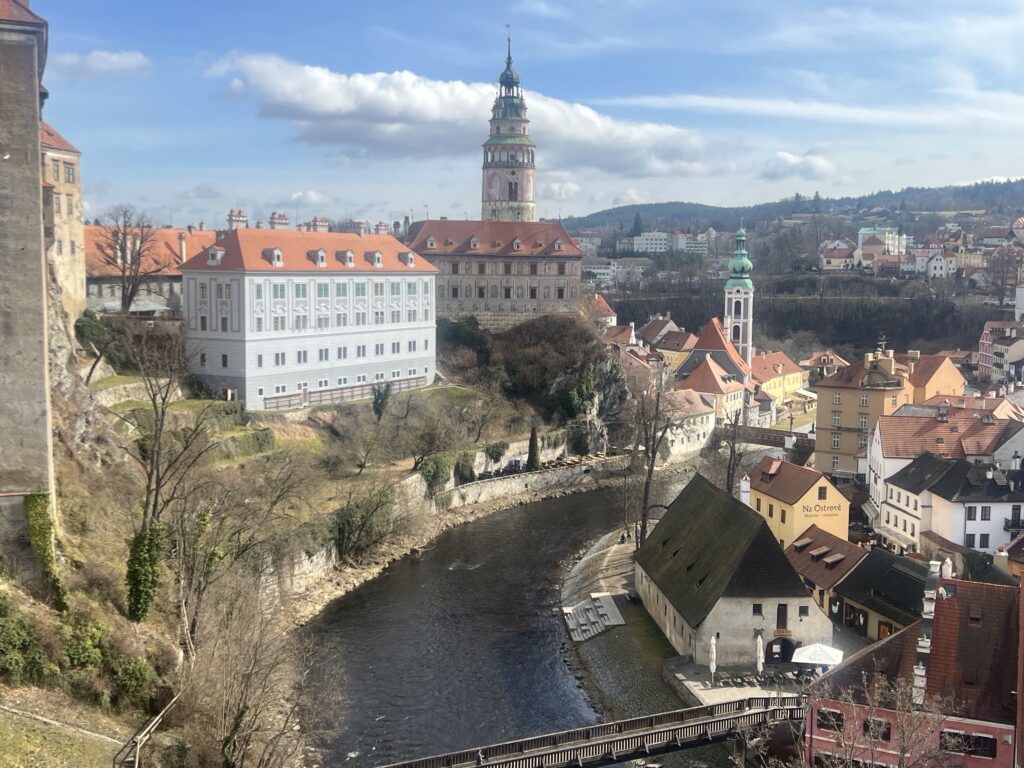
As hard as it was to drag ourselves away from the picturesque setting of Cesky Krumlov, there was still a bit more we wanted to see in Central Europe before heading more or less directly north up through Poland and to the Baltic states. Poland could be approached from the west or the south and while it took a bit longer, the southern route gave us the chance to ( briefly ) explore the High Tatra’s ( mountains ) of western Slovakia and then enter Poland through its legendary ski area of Zakopane. That all seemed like a great idea ( and it was ) except that two consecutive days of cloudy ( and slightly rainy ) weather really put a bit of a damper ( excuse the pun ) on the experience. We saw enough to appreciate what a beautiful part of Slovakia and Poland it was ( or could be, in ideal conditions ) but the incredible weather we’d enjoyed so far just did not hold up.
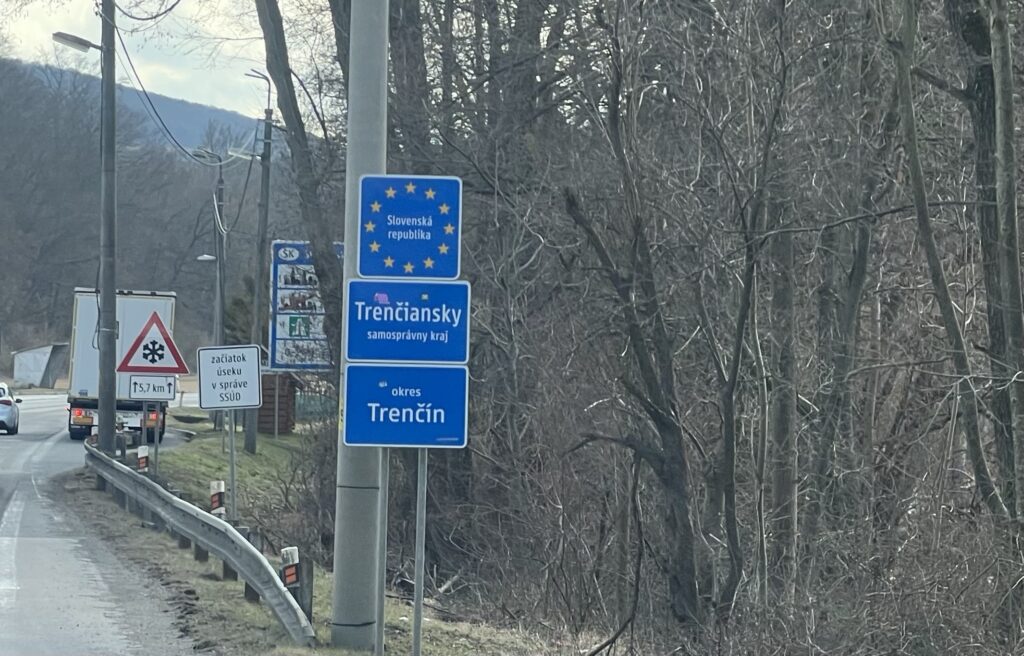
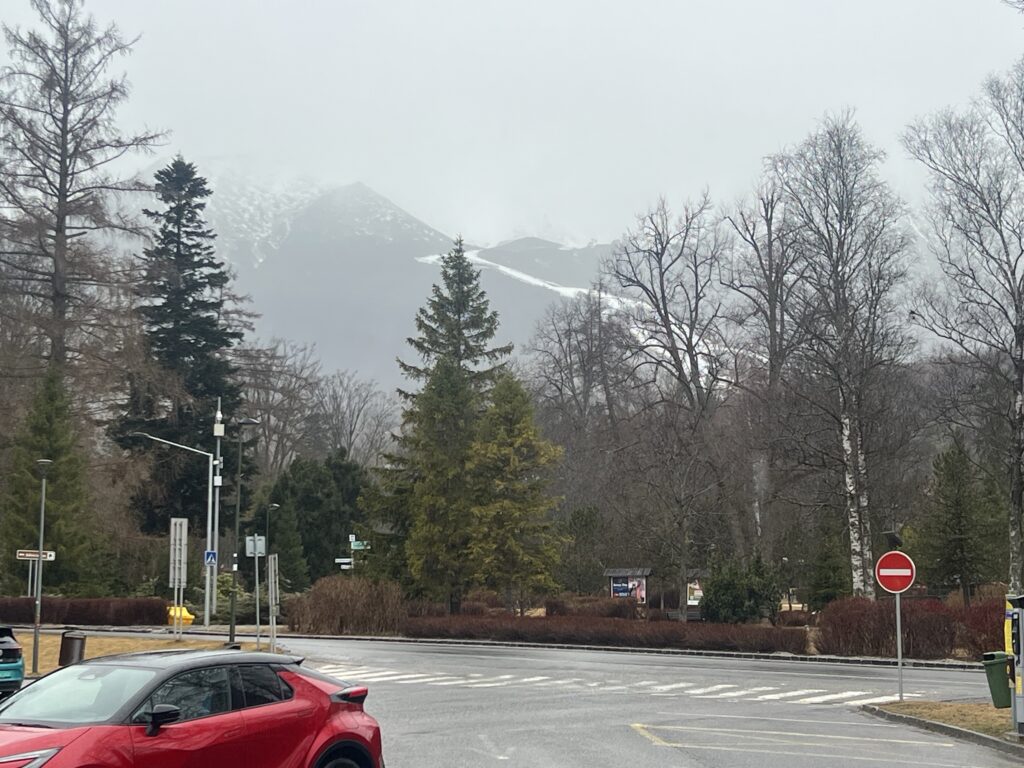
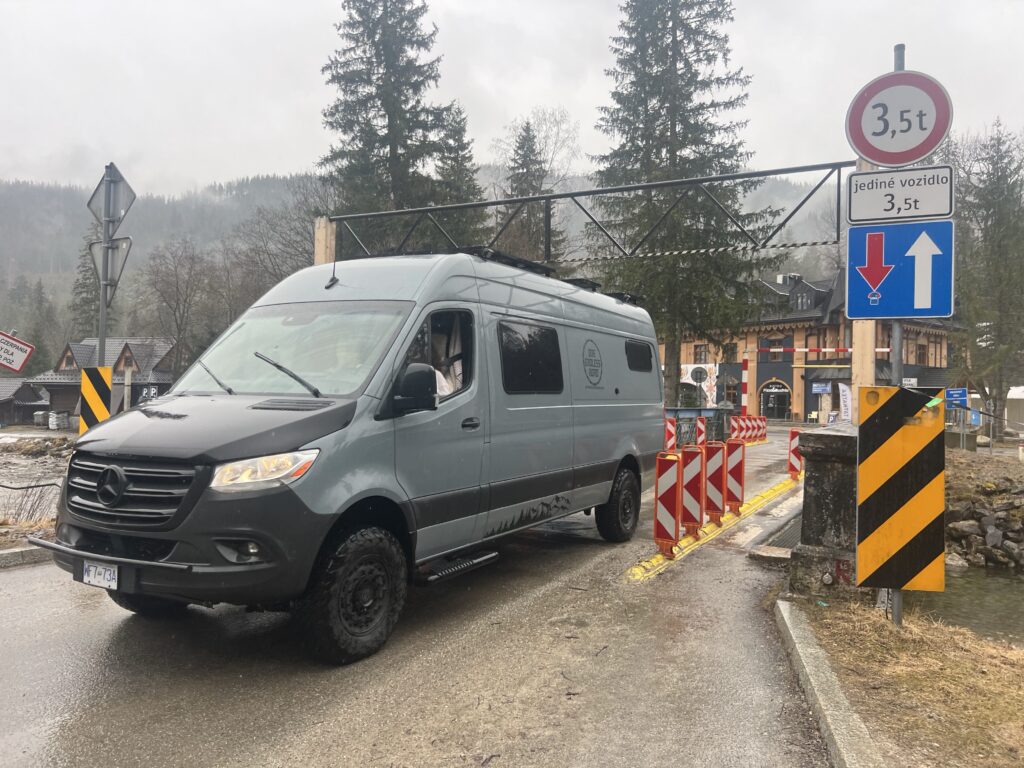
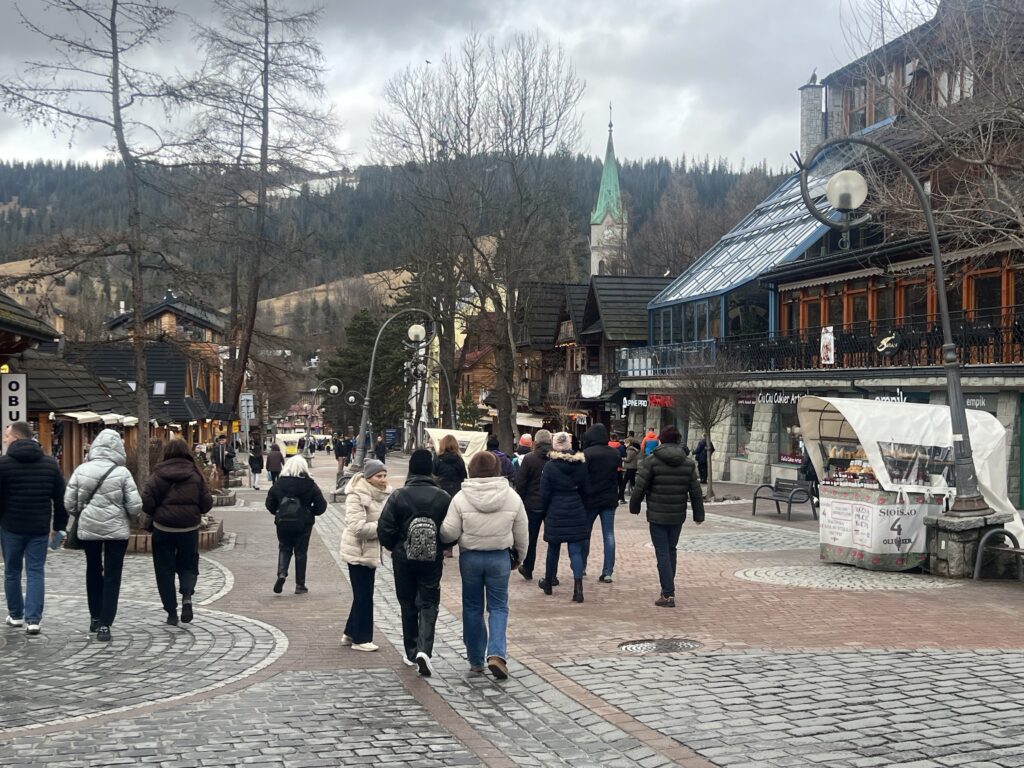
Coming in through Zakopane did have one other advantage – an easy drive on to historic Krakow, truly one of Poland’s highlights. More on that in our next edition.
Till next week……

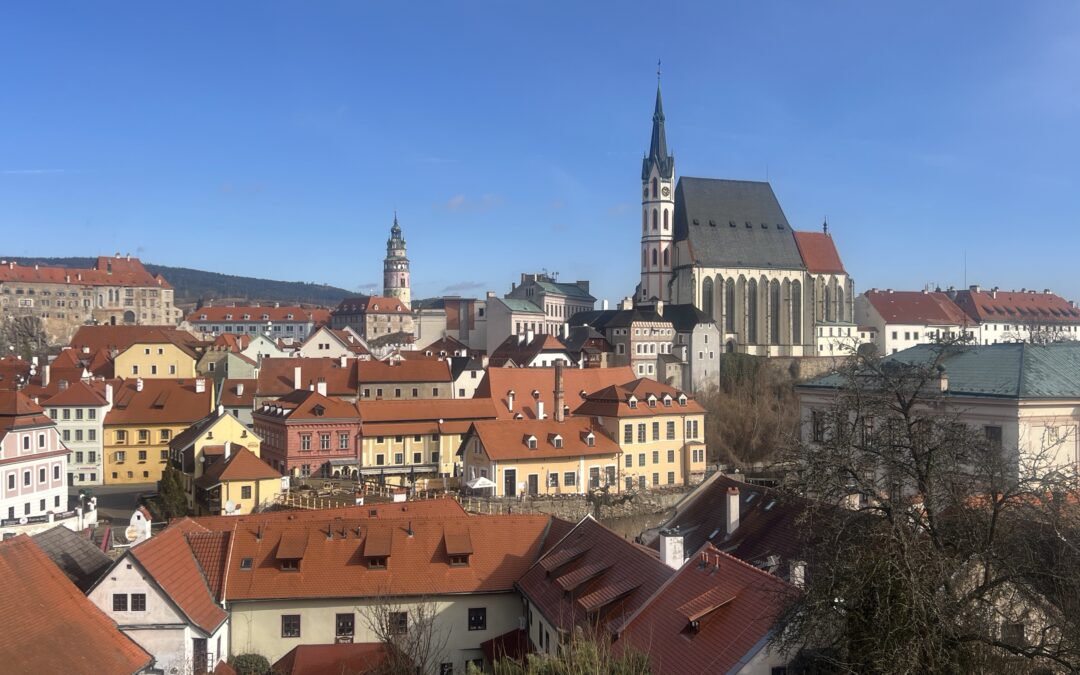
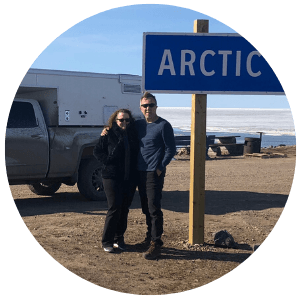
Such a wonderful historical trip. So cool! Enjoy it all, master travellers..
Well, I would not say “master travellers” but certainly a couple of old retirees willing to be a bit adventurous…😉
Great adventure so far – enjoy. We’re off soon – 5 months this time in our wonderful country. Safe travels……
Yes, heard from Ian. Safe travels across and hope you find some big stuff !
Great photos and very informative, I’ve been to a few of those places around Dresden. Keep up the great photos and informative insights. Safe travels.
Thanks Phil, and yes there is so much more to see that we didn’t but this ridiculous 90 day Euro-wide visa thing is forcing us to make tough calls with where we spend our time…😔
Love following your adventures!
Great photos👍😊
Thanks Patti, easy to take good pics with a canvas like this !
The photos are beautiful! You were quite lucky with such beautiful weather for the most part 😊 looking forward to next week!
Yes, we thought so, too. Going to get colder going north but hope we can at least stay sunny…😎
Wow! Perfect time of the year too….. No crowds!
Yes, so far so good anyway. Hoping that continues in the Baltics and Scandinavia 🤞.
Looks like you’re having a great time. Great weather and photos. Looks like a super-sized pint you were having. lol…..
Looking forward to seeing next week’s adventures!
Yes, pretty easy over here – happy to enjoy their fine ales, fine wines and delicious chocolates lol !!!! Hi to Andy ( he’d love Czech beer !!!).